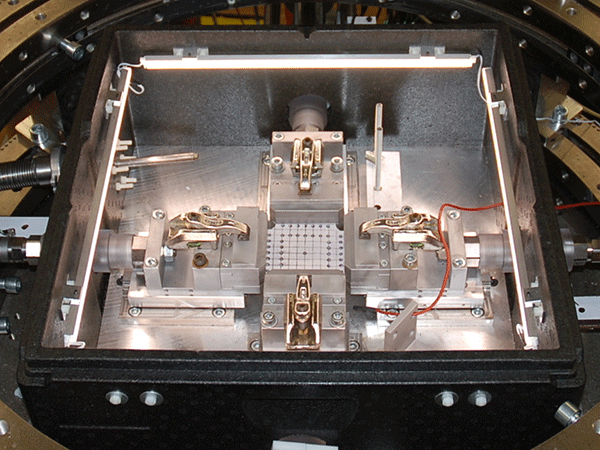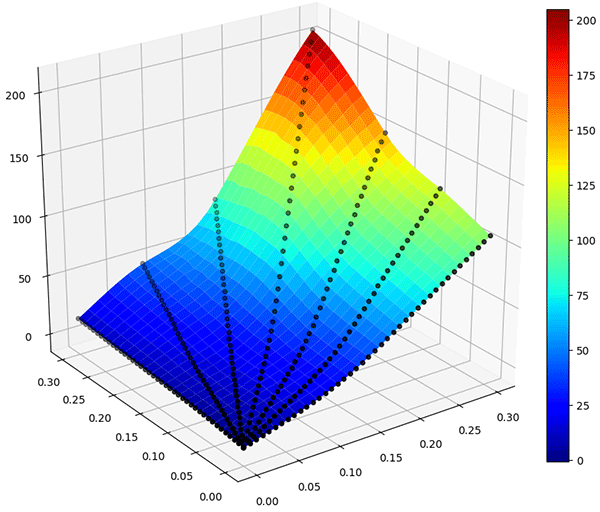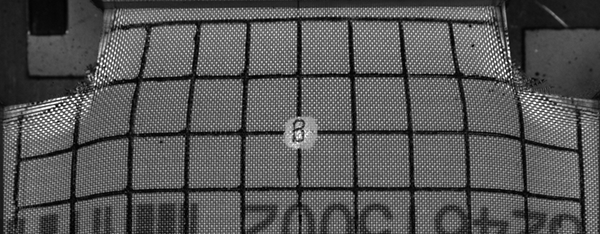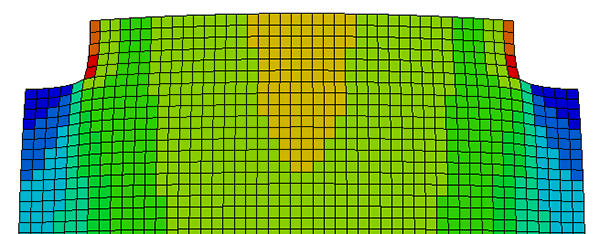Airbag woven fabrics – tempered tests for simulation
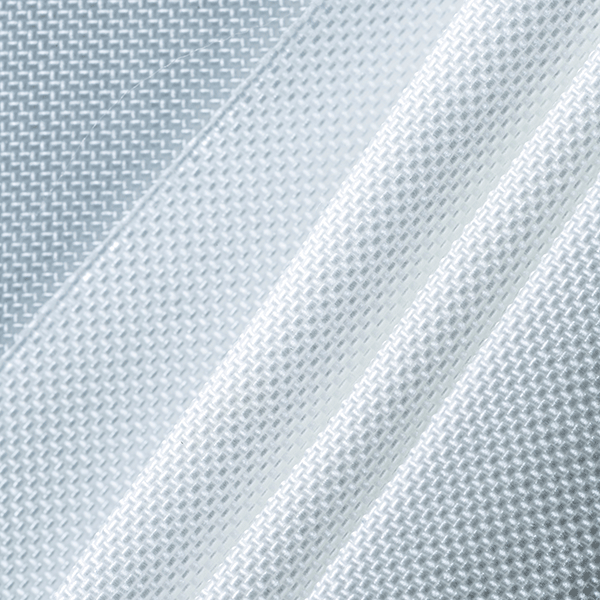
For the predictable simulation of airbag deployment processes, all relevant material characteristics have to be defined in the computational model. In order to be able to measure the influence of temperature on the material behavior, the experimental possibilities at Fraunhofer EMI were expanded such that all relevant characterization tests for airbag fabrics – especially biaxial tension tests – can be conducted within the temperature range of -40 degrees Celsius to +120 degrees Celsius. This can all be carried out both cyclically , i.e. for loading and unloading, as well as dynamically up to strain rates of ten per second! Simultaneously, the influence of asymmetric, biaxial loading ratios was investigated in a study in order to be able to assess current trends in material model development. The study showed that common formulations already yield sufficiently accurate results. Furthermore, the study revealed that for the investigated material, the temperature had a stronger influence than the strain rate, and that the experimental slippage of the specimens in the clamping region needs also to be modelled in the simulations so that the test results can be reproduced accurately in the simulation.
